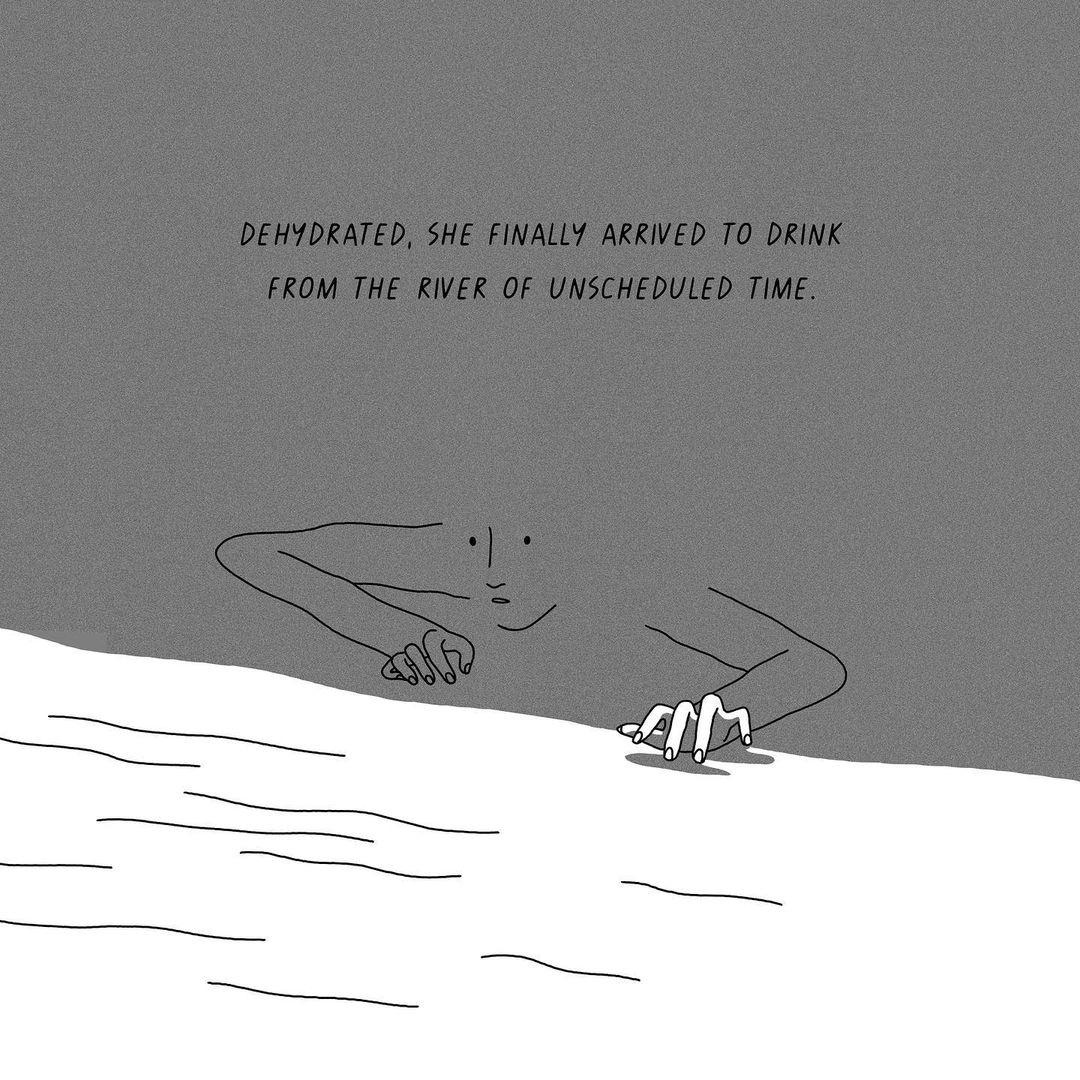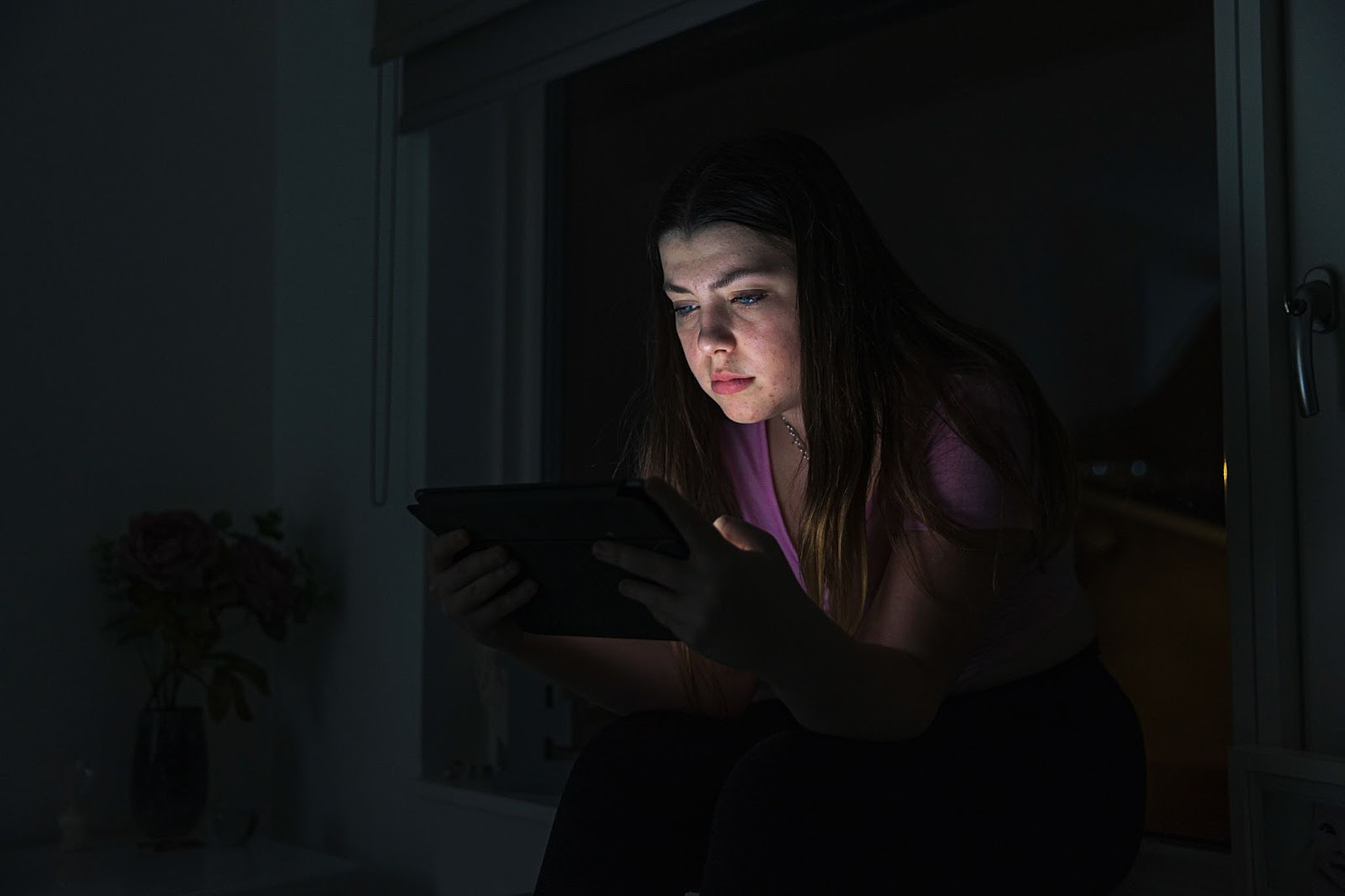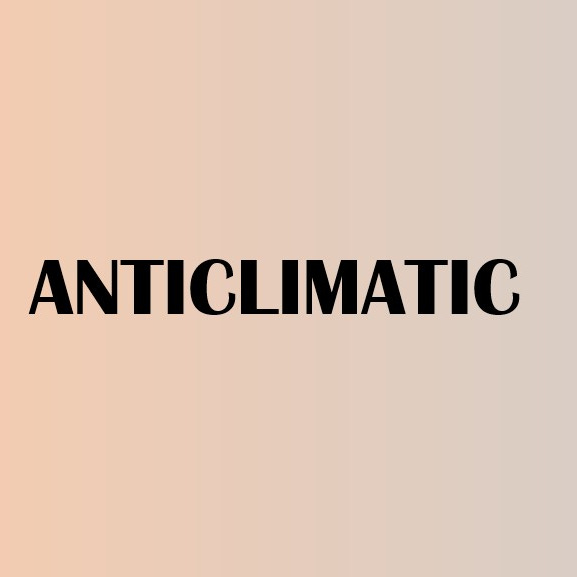Substack Reads: Honoring dead species, mental illness among teen girls, and the case for folding laundry
Hello and welcome to another edition of Substack Reads!
This week: transatlantic conversations on awards season courtesy of Drinks With Broads, and Dennis Lee experiments in the kitchen with two very different types of pudding. Plus, social psychologist Jon Haidt writes about the latest CDC report creating waves across the Substack science space, and we bring you more writers you may not have heard of but will fall in love with: Rae Katz on the unheralded benefits of domestic work, and Bryan Pfeiffer on the power of observing butterflies from the past.
And a big thank you to all the readers who recommended Substacks they’re obsessed with over in our Reads Chat. We look forward to your suggestions of your favorite writers and writing and listening material on Substack today in the comments.
NATURE
A brush with extinction
When biologist and journalist Bryan Pfeiffer is given the care of 538 encased butterflies, some dating to 1952, he considers whether there is more to biological specimens in museums than first appears
—
inTo dwell in museum collections is to follow the paths of Linnaeus, Darwin, and innumerable other biologists before me—to see what they saw, study what they studied, learn as they learned. My journey to a collection in Copenhagen, for example, was a pilgrimage to the 1700s with the very specimens that famed entomologist Johan Christian Fabricius used to describe to the world insects I myself routinely see on the wing. To visit with his archetypal specimens (“type specimens,” as we call them) is like a constitutional scholar seeing an original copy of the Declaration of Independence or a baseball fan holding one of Babe Ruth’s bats.
Among the lifeless, I also experience wistfulness. While visiting insect and bird specimens at Yale University, I touched extinction: an Ivory-billed Woodpecker that almost certainly flies no more on earth, and magnificent Regal Fritillary butterflies (now gone from much of their former range in the eastern United States) that once fluttered not far from my own home here in Vermont.
I am not yet convinced that we humans, through our governments, have the capacity to solve the biodiversity crisis, to reverse or even slow the harm we’re causing to wildlife and wild places. In many ways, we’re losing biodiversity before we might even learn from our specimens about how to save it.
PSYCHOLOGY
Social media is a major cause of the mental illness epidemic in teen girls
Jon Haidt lays out the past 11 years, and how previous reports that focus on correlational evidence go wrong
—
inWe are now 11 years into the largest epidemic of teen mental illness on record. As the CDC’s recent report showed, most girls are suffering, and nearly a third have seriously considered suicide. Why is this happening, and why did it start so suddenly around 2012?
It’s not because of the global financial crisis. Why would that hit younger teen girls hardest? Why would teen mental illness rise throughout the 2010s as the American economy got better and better? Why did a measure of loneliness at school go up around the world only after 2012, as the global economy got better and better? (See Twenge et al. 2021.) And why would the epidemic hit Canadian girls just as hard when Canada didn’t have much of a crisis?
It’s not because of the 9/11 attacks, wars in the Middle East, or school shootings. As Émile Durkheim showed long ago, people in Western societies don’t kill themselves because of wars or collective threats; they kill themselves when they feel isolated and alone. Also, why would American tragedies cause the epidemic to start at the same time among Canadian and British girls?
There is one giant, obvious, international, and gendered cause: social media.
ESSAY
If you were rich, would you fold laundry?
When Rae Katz worked for management consulting firm McKinsey, she sold people an idea she now knows can’t be true: frictionless living will make you happy
—
in , recommended by
Optimizing for the most possible paid working time would make me absolutely miserable. In the job at McKinsey, which I hated, more hours would only make me sicker and meaner. In a job I love, writing, I simply cannot be genuinely productive for more than a handful of hours each day.
You might respond that paying other people to do all of the maintenance tasks would allow free time for all the things that I want to do, my hobbies and passions, my creative pursuits. But my experience with extravagant amounts of undirected free time is that it’s pretty stressful. One can easily feel adrift and useless. Just a guess, but it seems to me that it’s a rare person who can enjoy many weeks of time with nothing particular they need to do and not fall into some version of depression or numbing (television, drugs).
An ideal is emerging for me, a triad of types of work: the work you do to get paid, the life maintenance tasks like laundry, and the creative things you do for you. The economy-oriented work, the basic-needs work, and the soul work, each of which brings something different to a full life. Three legs that create a solid foundation. I think the benefits of the paid work and the creative work are more obvious, but I would argue the maintenance work also has benefits. The role of these tasks in this triad is to anchor me to the world. They remind me how life is sustained. They remind me to value such work at the level it should be valued.
MYTH
Five legendary lost cities that have never been found
Joanna Gillan unearths tales of cities beyond Atlantis, buried under sea, land, desert, and vegetation—and found in every culture and history
— Joanna Gillan in
Since Europeans first arrived in the New World, there have been stories of a legendary jungle city of gold, sometimes referred to as El Dorado. Spanish conquistador Francisco de Orellana was the first to venture along the Rio Negro in search of this fabled city. In 1925, at the age of 58, explorer Percy Fawcett headed into the jungles of Brazil to find a mysterious lost city he called “Z.” He and his team would vanish without a trace, and the story would turn out to be one of the biggest news stories of his day. Despite countless rescue missions, Fawcett was never found.
In 1906, the Royal Geographical Society, a British organization that sponsors scientific expeditions, invited Fawcett to survey part of the frontier between Brazil and Bolivia. He spent 18 months in the Mato Grosso area, and it was during his various expeditions that Fawcett became obsessed with the idea of lost civilizations in this area. In 1920, Fawcett came across a document in the National Library of Rio de Janeiro called Manuscript 512. It was written by a Portuguese explorer in 1753 who claimed to have found a walled city deep in the Mato Grosso region of the Amazon rainforest, reminiscent of ancient Greece. The manuscript described a lost silver-laden city with multistoried buildings, soaring stone arches, and wide streets leading down towards a lake on which the explorer had seen two white Indians in a canoe. Fawcett called this the Lost City of Z.
AWARDS
What can the Oscars learn from the BAFTAs?
Aside from running at a crisp two hours, the U.K.’s film awards last weekend could teach the Oscars a thing or two, says Go Fug Yourself writer Jessica Morgan
—Heather Cocks and Jessica Morgan in

The Oscars habitually get roasted for seeming to prioritize casual fans and viewers, in the name of raking in ratings that are increasingly meaningless in the TV landscape anyway, as opposed to making a show aimed at lovers of movies and statues and weepy speeches. I can’t vouch for what they’ve done previously, but on Sunday the BAFTAs did at least play clips of the acting nominees and of nominated screenplay dialogue, and included welcome and well-used sound-ups from late actors during “In Memoriam.” And they did not play off any winners. Everyone got to take their time remembering their publicists’ names—and that’s exactly how it should be. If the most buzzy moments of an awards show involve said winners yelling at the orchestra to pipe down so they can thank their movement coaches, à la this year’s Golden Globes, you’re doing it wrong. In fact, other than music accompanying the presenters as they entered, the BAFTAs didn’t have any irritating house music at all.
ENVIRONMENT
Are these jet-black lumps the future of carbon removal?
Biochar can store carbon for hundreds of years. Could it help with forestry’s slash problem?
—
inWhat is biochar?
It’s a carbon-rich residue—like charcoal, biochar is the product of “pyrolysing” biological matter (like wood or other vegetation). Rather than burning this organic matter in a classic fire-fuelled combustion reaction, it’s heated in the absence of oxygen. This results in much more carbon locked up in the jet-black lumps (alongside quantities of bio-oil and gas). These lumps are then applied to soils, where the carbon can remain for hundreds or even thousands of years.
Supercharging soil
According to Warrick Isaachsen, chair of the Biochar Network of New Zealand, this carbon sequestration is just one among many benefits of biochar. “If used well, it can boost plant and animal growth,” he says. Because it’s highly porous, biochar holds onto water and nutrients in the soil and enhances the actions of microbes. “It acts like a bit of a sponge or hotel, protecting the soil bugs.” In Pukekohe, Isaachsen says, crop farmers using biochar in their soils haven’t had to use as much fertiliser to achieve the same yields and haven’t had to replenish truckloads of soil that were previously washed away by rains.
Two types of pudding
In Britain, “pudding” can refer to pretty much any dessert. When Chicago-based food writer Dennis Lee decided to put an old recipe to the test, the result had him standing alone in the kitchen laughing his ass off
—
in , recommended by ofThe smell emanating from it was extremely interesting. It was this creamy garlicky meat aroma that I partially understood yet couldn’t comprehend emotionally.
I transferred the thick meat milk into my Dutch oven and decided I was impressed with how I decided to spend my day off.
I could have slept in, but this is what I chose to do with my life.
I turned the flame to low and stirred some sugar into the sausaged milk.
Yes, I just used “sausage” as a verb. At this point, the cats could smell the meat and milk warming on the stove. They started pacing around my feet, trying to determine the source of the delicious-to-them aroma. Yet they would be denied a taste of the forbidden sausage milk.
Recently launched
Substackers in the press
Vanity Fair profiled @The Ankler this week, and “how Richard Rushfield’s sharp-tongued missives have earned him a bold-faced subscriber list”:
Ankler Media’s decision to remain independent—albeit with investors—and to continue publishing on Substack, where they’re part of a growing crop of full-fledged publications, reflected a desire to “control our own destiny,” as Min put it.
Writers on Substack
, , and were featured in this Fortune piece on “how to embrace ‘wintering’ when your ambition is tapped”:“Nothing feels like passion, ease, arrival,” she wrote. “I feel stuck. I grasp at the memory of daily creative flow. I wonder why I can’t do more, be more, make more.”
While those are uncomfortable feelings, Vingiano has found solace in accepting them; doing so has allowed her to cultivate self-compassion and gratitude. She’s mad. She’s creatively unfulfilled. But she also knows that it’s all temporary—she’s been through this before.
Business of Fashion goes behind the face of shopping Substacks.
Don’t see something you think should be here? Inspired by the writing and writers featured in Substack Reads? Start your own Substack, and your name could be the next exciting writer featured!
Substack Reads is a weekly roundup of writing, ideas, art, and audio from the world of Substack. Posts are recommended by staff and readers, and curated and edited from Substack’s U.K. outpost by Hannah Ray.
Got a Substack post to recommend? Tell us about it in the comments.





















It’s very difficult to read articles with a topic that contains the words ‘children’ and ‘suicide’, but I believe that it’s important to bring attention to such aspects for future safety of our children!
I am not surprised to see the conclusions in this article. I am an LMFT and an intensive care coordinator for Child Adolescent Mental Health in a large HMO. I see this in real life and parents struggling as these kids go in and out of hospitalization and other levels of intensive outpatient care. Those parents that try to limit or take away social media are sometimes successful, but many kids either feel more isolated or like any other addict, find creative ways to get around their parent’s restrictions. The question is, now that we have created this global addiction, what do we do about it?